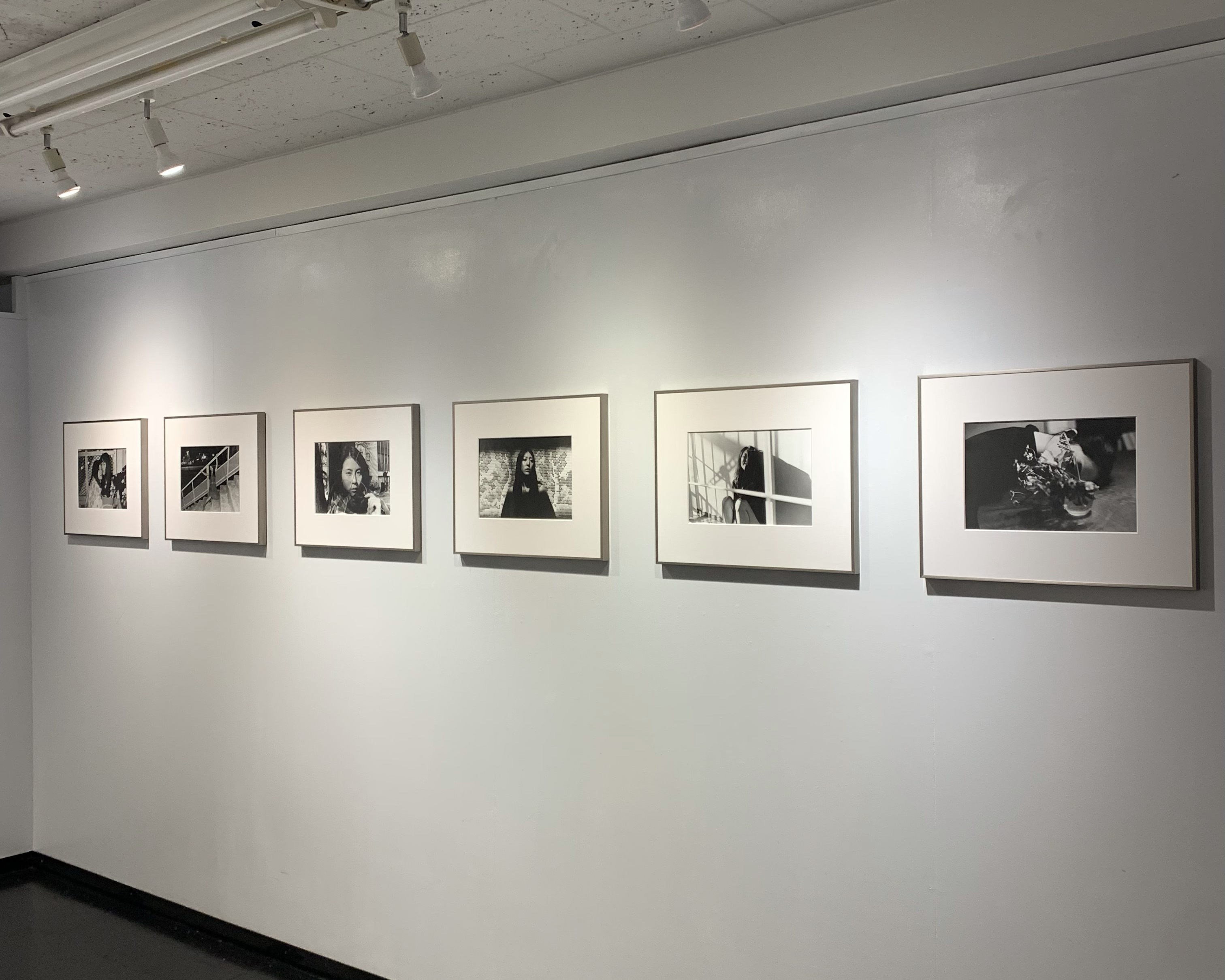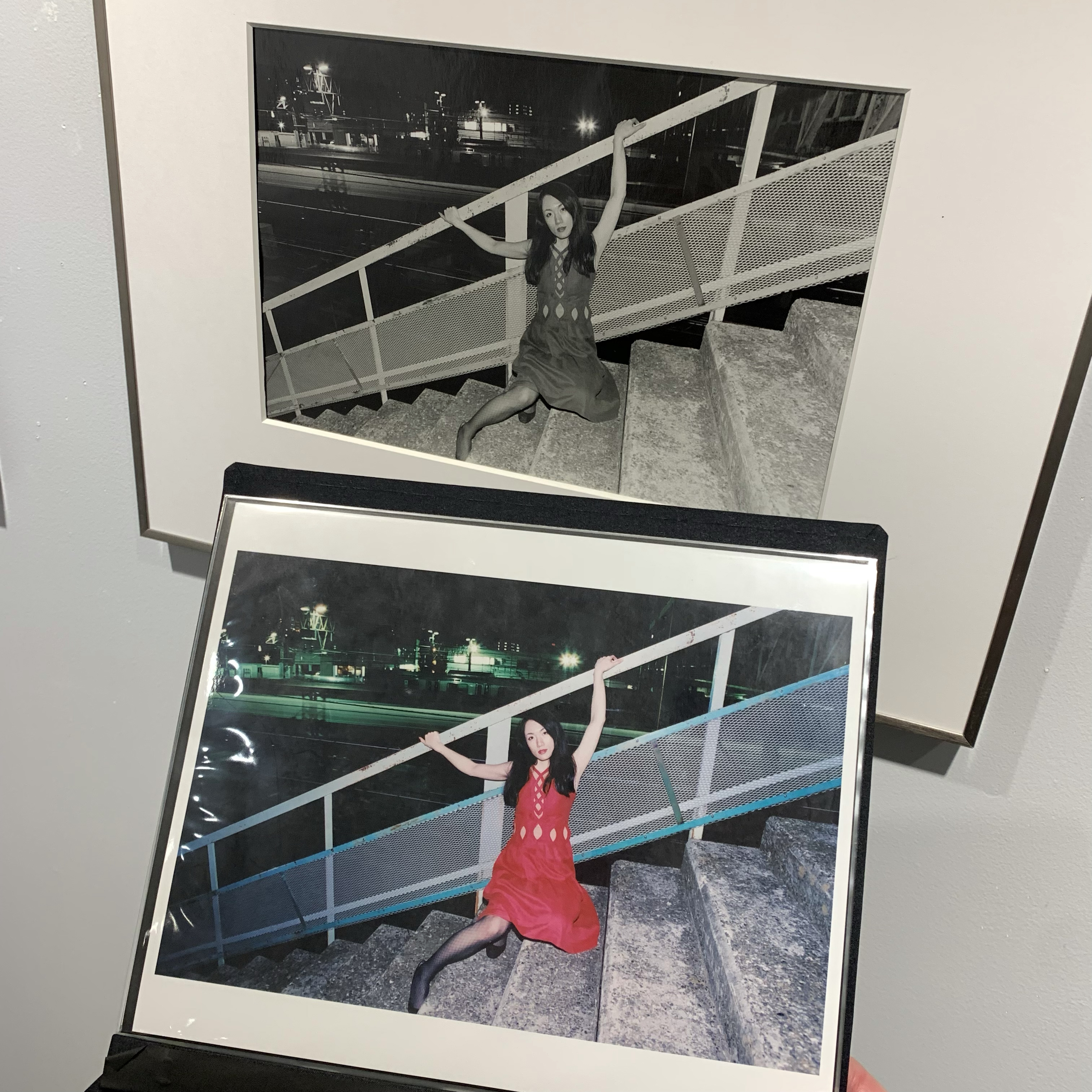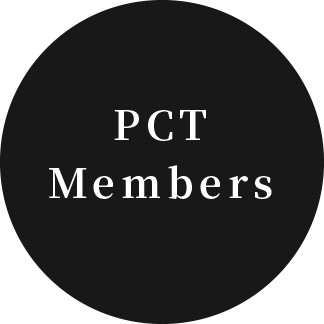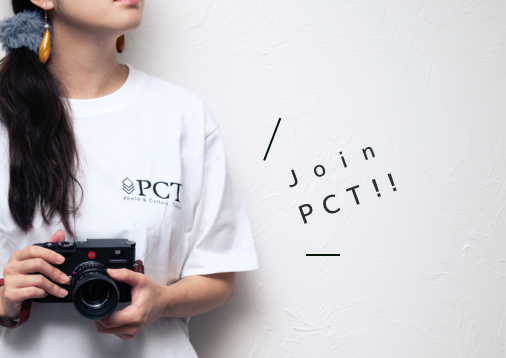コラム
落合憲弘
John Sypal
タカザワケンジ
なぎら健壱

In Tokyo there are photographers who, once every decade or so, quietly put together a fantastic group of pictures seemingly out of nowhere. Shinobu Imao's Mirage, a two-week exhibition of black and white portraits at Red Photo Gallery in Shinjuku in February, was just such a thing. Interestingly enough, it was a decade ago at his previous show here (then called M2) where we first met.
Each gallery in Tokyo naturally has its own sort of personality- Red Photo Gallery, tucked under Place M, has a square floor plan and low ceilings (I have to duck to enter), making it a rather cozy venue. Such a space is perfect for a show of portraits like this.
Imao works in TV and video production- he’s even directed a short film. While he works with moving images, Mirage is a collection of still, straightforward, and beautiful pictures of interesting women. The subjects range from friends to actresses he’s worked with- although, by merely looking at the expressions in his pictures one can’t tell the difference between those who make a living with their appearance and those who don’t. This, I think, is due to the balance in the way Imao photographs. His tools are simple- a Canon Kiss and a 50mm lens and Kodak Tri-X film. With these he pairs curiosity and vision- and adjusts these elements to the mood of the subject. A good portrait is something created between the photographer and the subject- for all the chatter of “power balances” in photography in the West, it seems to me that the photographer has far less “power” than might be thought. Without the subject, the photographer has nothing. A portrait- a good one, anyway- has to have an element of desire, that to see- but also in that of the subject wanting to be seen. Figuring that balance out doesn’t have to be expressed in words- it’s something worked out between two people. This is the case with photographers who make good and compelling work, anyway. There’s no real way to teach this- like character or personality, it’s something innate. (This goes for both photographers and subjects.)

One thing I think is immediately felt in his pictures is an understanding that each subject must feel pleased when seeing their portrait. Certainly there’s the novelty of it being in monochrome but Imao’s pictures are more than that- and they’re more than just pretty pictures of beautiful women. It’s the difference between laboring to make an image of someone beyond (less?) than what they are- - that’s advertising- - and an ability to recognize something there in the moment with a camera between two people.
Imao says that the old belief that a camera takes part of your soul might be right- and in a way, a photograph preserves something of the subject. This it does- but I also think that work with the depth that his has also allows the subject to discover or perhaps confirm something within themselves. To me this is the source of the beauty in his work. I don’t know how “photogentic”, whether a person or moment, can be expressed in words- but thankfully it’s possible in pictures.
Here’s hoping that we don’t have to wait until 2032 for the next installment.

10年に一度くらい、ひっそりと、素晴らしい写真展を発表する写真家がいます。
今年の2月に新宿のRED Photo Galleryにて1月31日〜2月12日の2週間にわたって開催された今尾偲さんのモノクロポートレート展「蜃気楼」は、まさしくそうでした。
東京にあるギャラリーは当然それぞれに個性があるのですが、特に新宿にあるRED Photo Galleryは正方形の間取りで天井が低く、とても居心地の良い会場です。そんな空間が今回のようなポートレート展にはぴったりなのです。

テレビ・ビデオ制作に携わり短編映画の監督も務める今尾さんは、仕事である映像制作にも力を入れているのですが、プライベートでフィルムの写真を撮って、銀塩プリントも制作しています。写真の被写体は友人や共演した女優など様々ですが、写真の表情を見るだけではいわゆる容姿で生計を立てている人とそうでない人との区別がつかないほどです。
機材はシンプルで、キヤノンEOS Kissと50mmレンズ、そしてコダックのTri-Xフィルムです。これらに好奇心とビジョンを組み合わせ、被写体の雰囲気に合わせてこれらの要素を調整していくのです。
当たり前ですが、良いポートレートというものは、写真家と被写体の間で作られるものです。欧米の写真界では「パワーバランス」が叫ばれていますが、写真家の「パワー」はやや小さいように感じられます。被写体なくして、写真家の力はないのです。

ポートレートは、良いものであればあるほど、「見たい」という写真家の欲望と、「見られたい」という被写体の欲望が同居しているものなのです。そのバランスは言葉でなくても、二人の間にあるものだと思うんです。いい作品を作る写真家、説得力のある作品を作る写真家というのは、とにかくそうなんです。性格や個性と同じで、生まれつきのものだから、教えようがない…(これは、写真家も被写体も同じです)。

今尾さんの写真からすぐに感じられるのは、被写体が自分のポートレートを見て喜んでいるに違いないということです。 確かにモノクロームという斬新さはありますが、今尾さんの絵はそれ以上のもので、単にきれいな女性の写真というだけではないんです。それは、ありのままの姿以上の(またはそれ以下の)イメージを作ろうとする労力と、二人の間にカメラを置いた瞬間にそこにある何かを認識する能力の違いにすぎません。
今尾さんは、「〈カメラは魂の一部を写す〉という古い考え方は正しいかもしれない。ある意味、写真は被写体の何かを保存するものだ」と言っています。しかし、彼のような深みのある作品は、被写体が自分の中にある何かを発見したり、確認したりすることもできると思うのです。それが、彼の作品の美しさの根源なのだと思います。 人であれ、瞬間であれ「フォトジェニック」を言葉で表現することはできませんが、写真で表現できるのはありがたいことです。
次回作が2032年まで待たされることのないよう、期待しています。

今尾偲「蜃気楼」
会期:1月31日(月)- 2月12日(日)
東京都新宿区新宿1-2-11 近代ビル2F(Photo Gallery Place Mと同じビル内)
TEL :03-5357-7407
時間:12:00-19:00・年中無休(年末年始を除く)
今尾偲 Shinobu Imao
https://moviewalker.jp/person/208852/
「蜃気楼」トーク
 Vol.41 中嶋琉平|Ryuhei Nakashima「Asia, New York, and Tokyo」、高地二郎|Jiro Kochi「GINZA: Through the eye of a Salaryman 1950-1990」
2025/11/08
Vol.41 中嶋琉平|Ryuhei Nakashima「Asia, New York, and Tokyo」、高地二郎|Jiro Kochi「GINZA: Through the eye of a Salaryman 1950-1990」
2025/11/08
 Vol.40 藤岡亜弥|Aya Fujioka「Life Studies」、荒木塁|Lui Araki 「Color/Scape」
2025/10/03
Vol.40 藤岡亜弥|Aya Fujioka「Life Studies」、荒木塁|Lui Araki 「Color/Scape」
2025/10/03
 Vol.39 榎本八千代|Yachio Enomoto「家族写真 / Family Photo」
2025/09/05
Vol.39 榎本八千代|Yachio Enomoto「家族写真 / Family Photo」
2025/09/05


PCT Membersは、Photo & Culture, Tokyoのウェブ会員制度です。
ご登録いただくと、最新の記事更新情報・ニュースをメールマガジンでお届け、また会員限定の読者プレゼントなども実施します。
今後はさらにサービスの拡充をはかり、より魅力的でお得な内容をご提供していく予定です。
 「Photo & Culture, Tokyo」最新の更新情報や、ニュースなどをお届けメールマガジンのお届け
「Photo & Culture, Tokyo」最新の更新情報や、ニュースなどをお届けメールマガジンのお届け 書籍、写真グッズなど会員限定の読者プレゼントを実施会員限定プレゼント
書籍、写真グッズなど会員限定の読者プレゼントを実施会員限定プレゼント